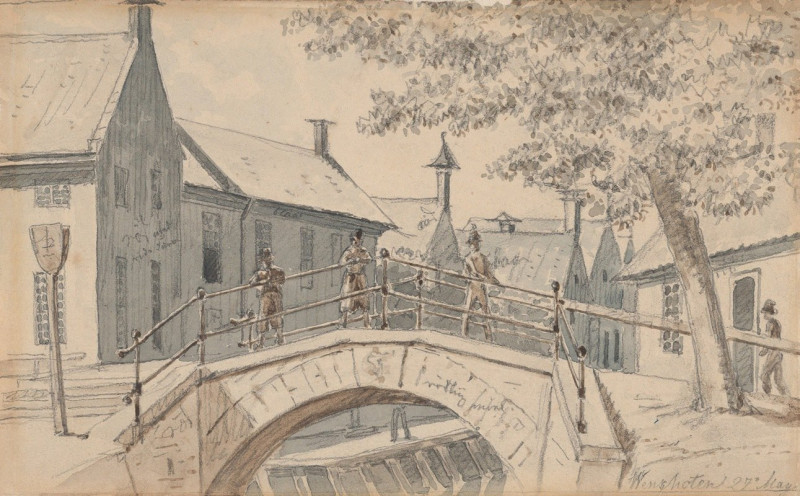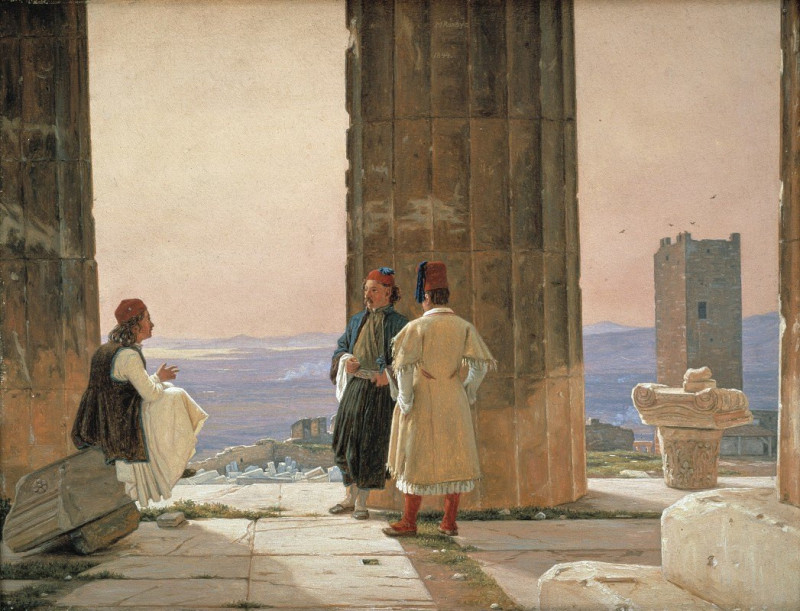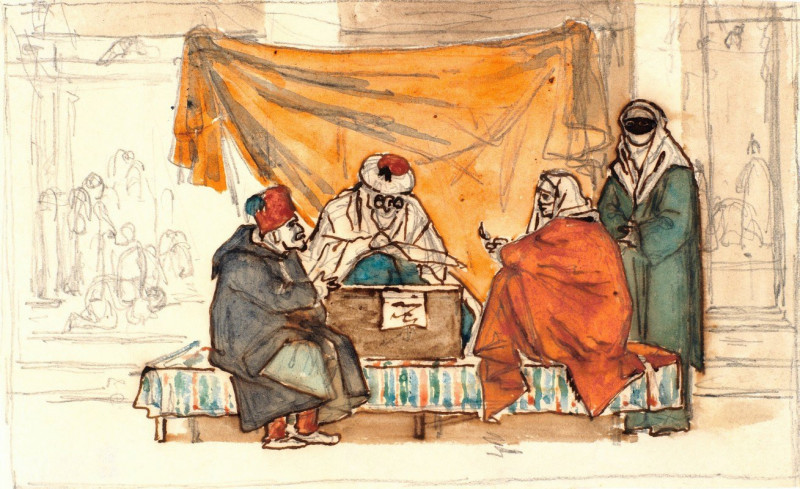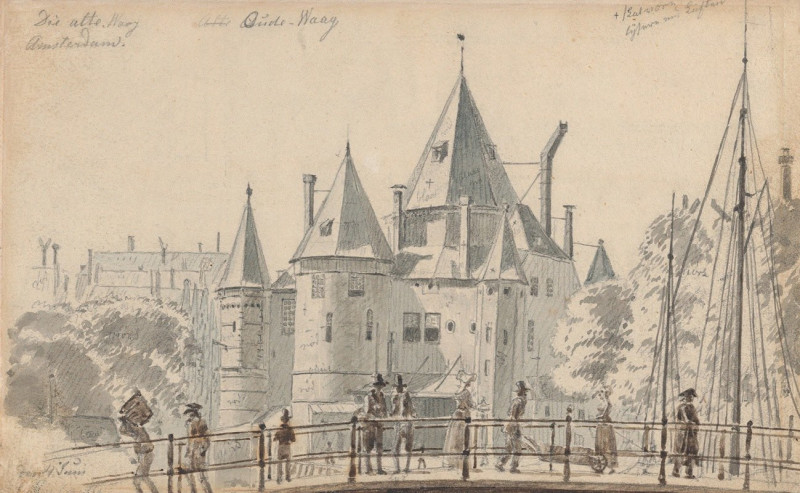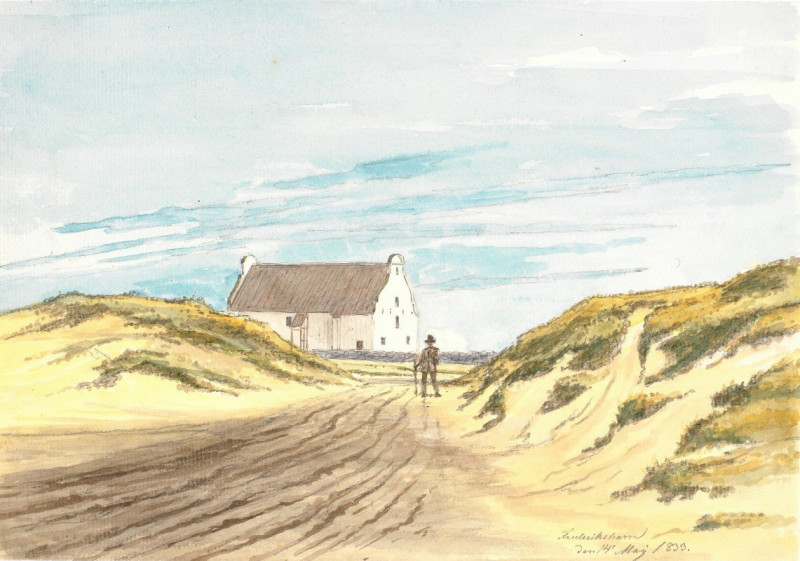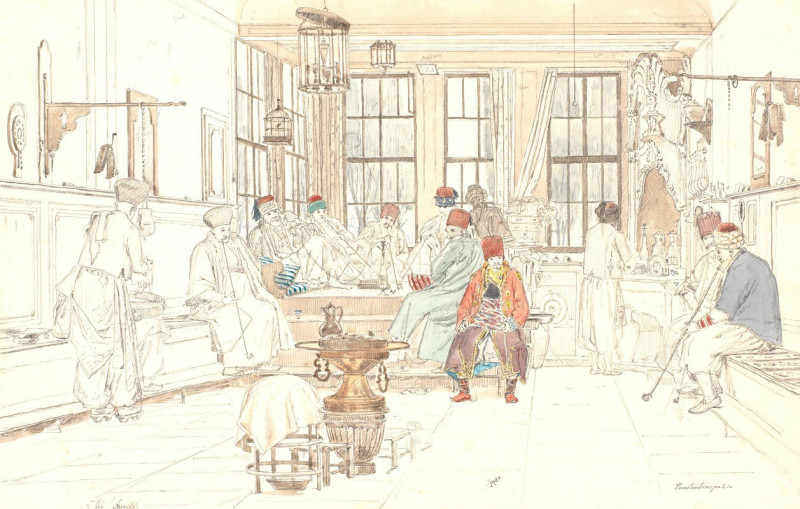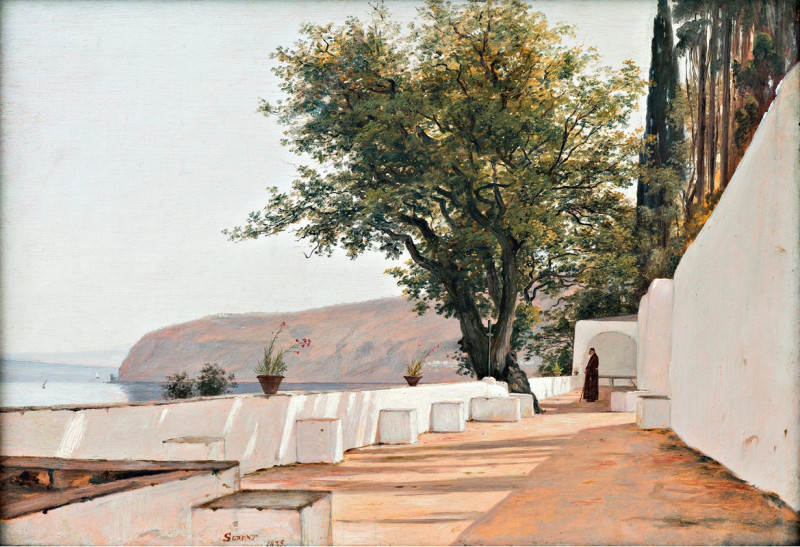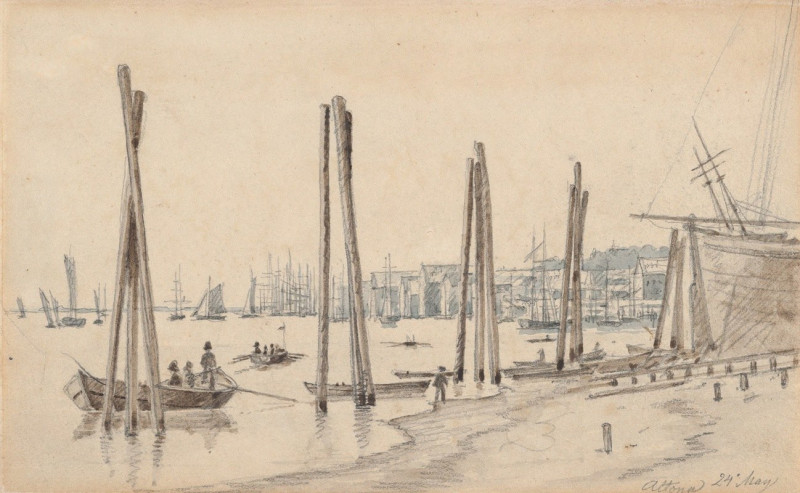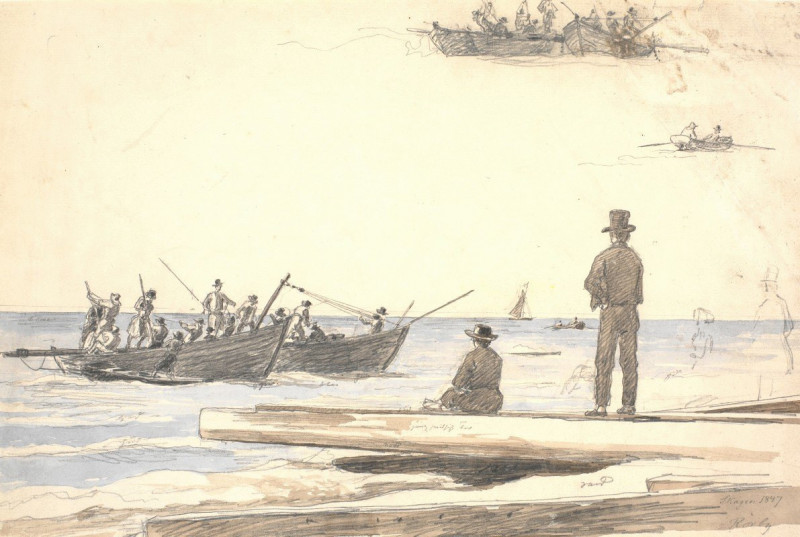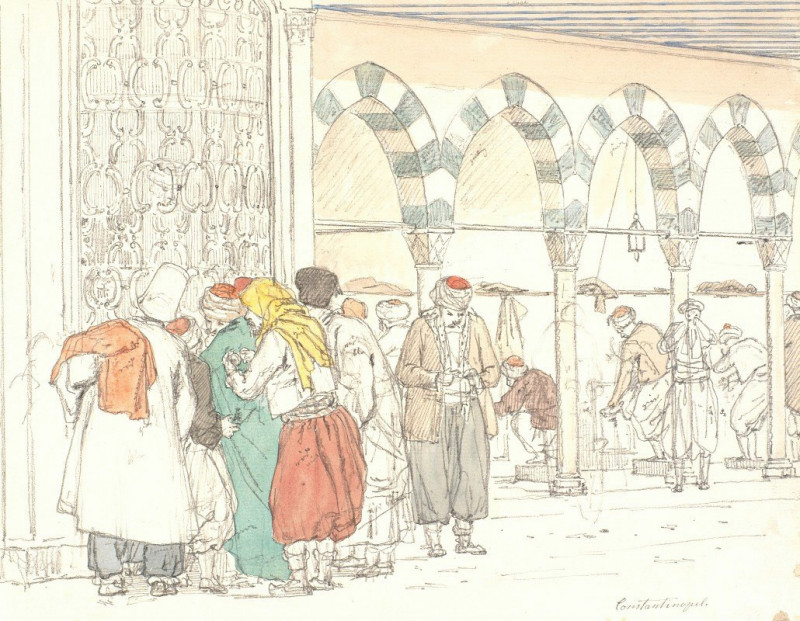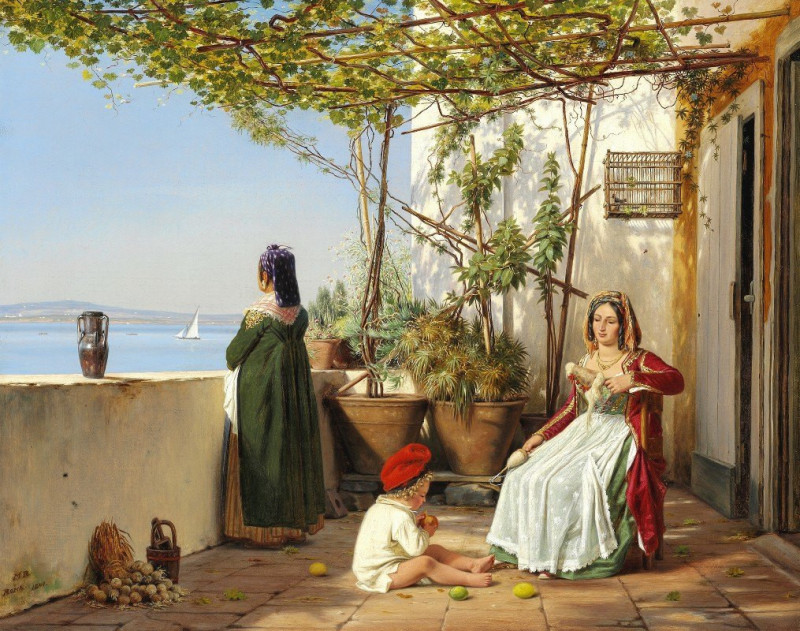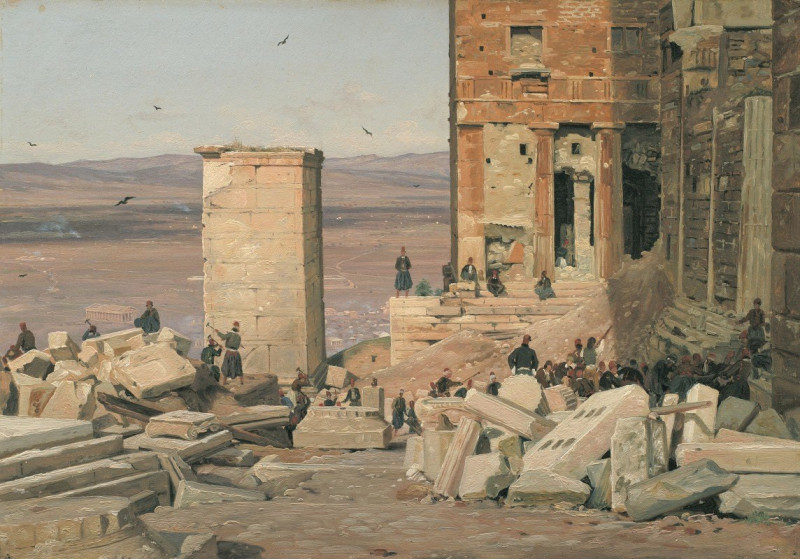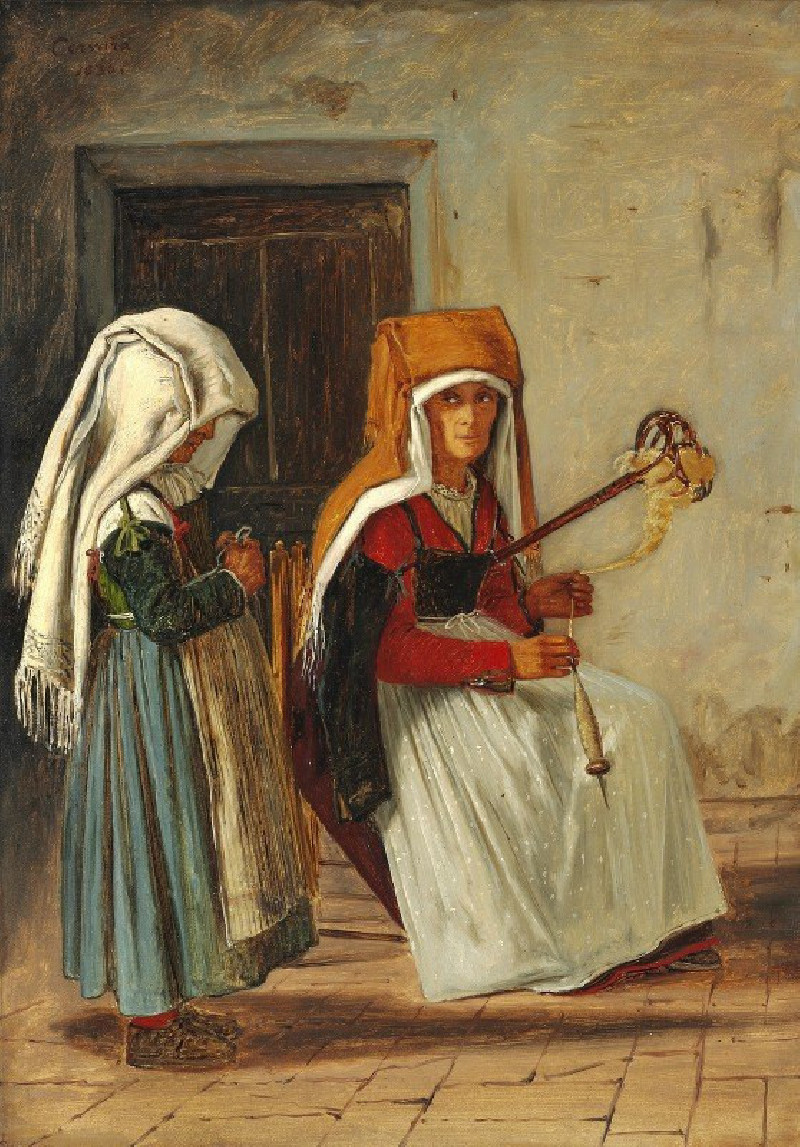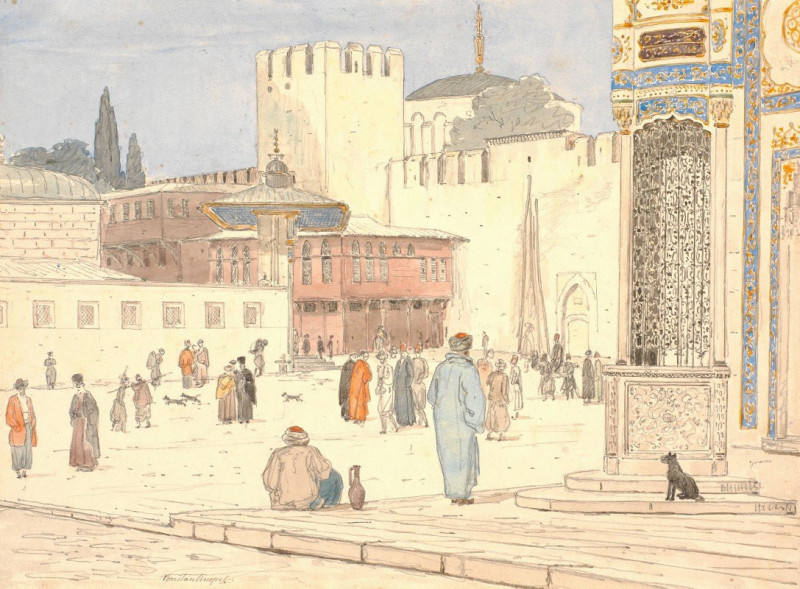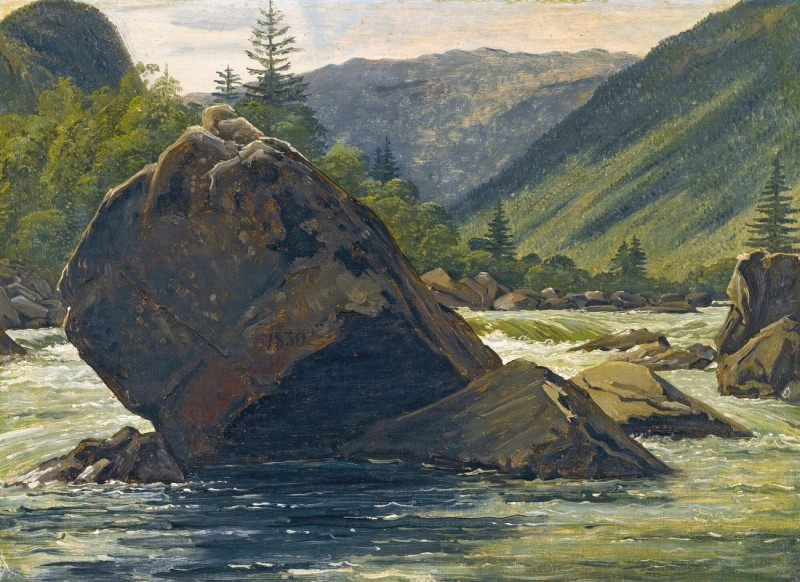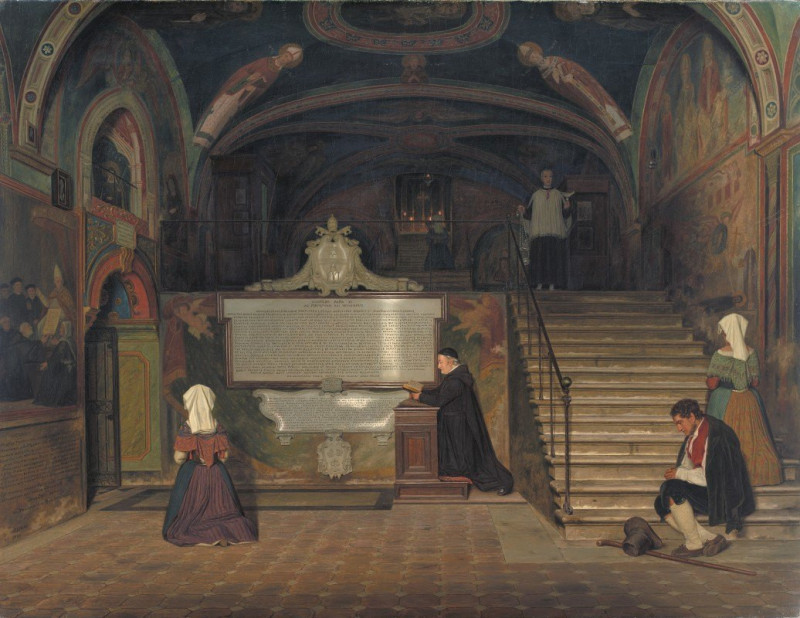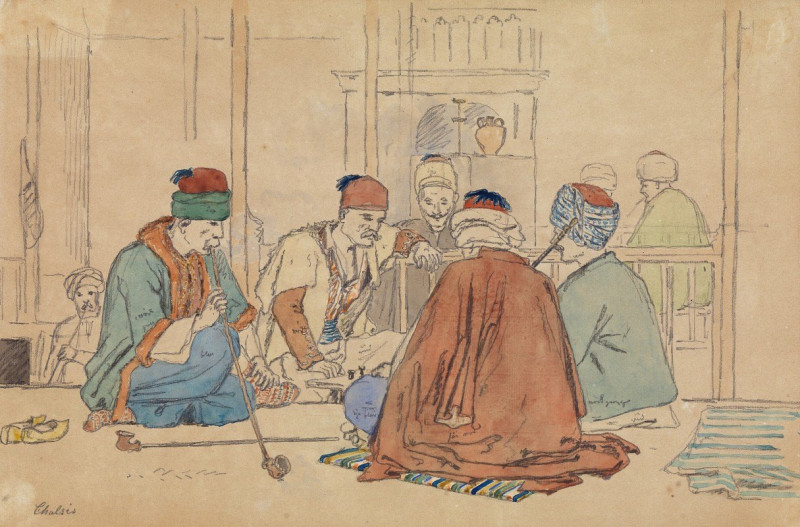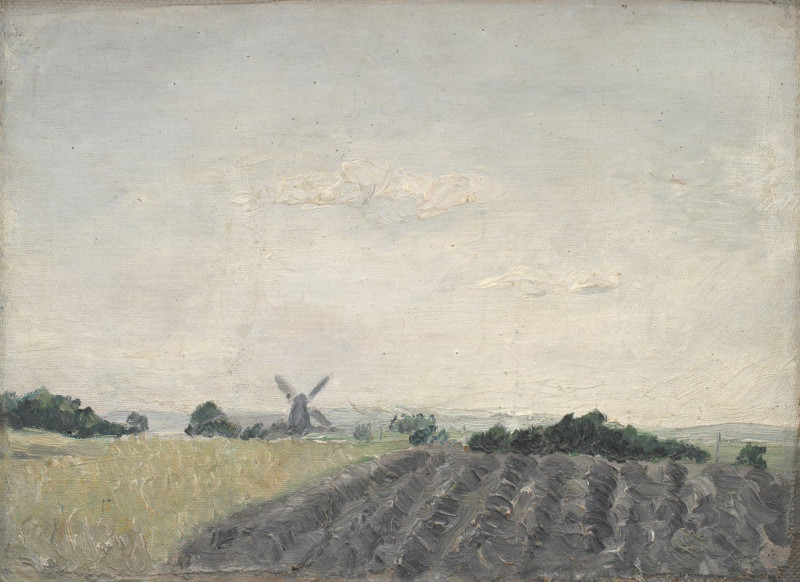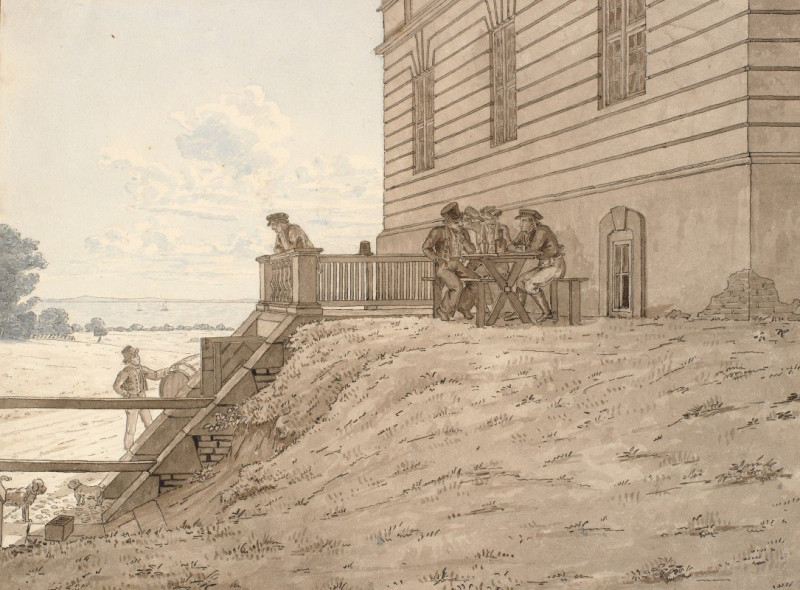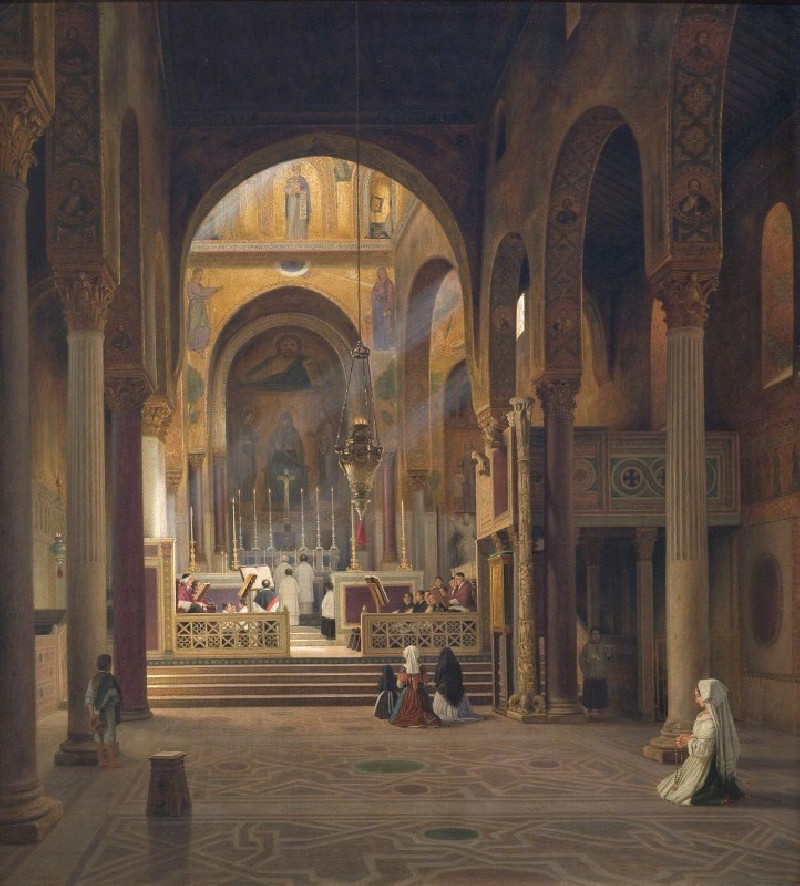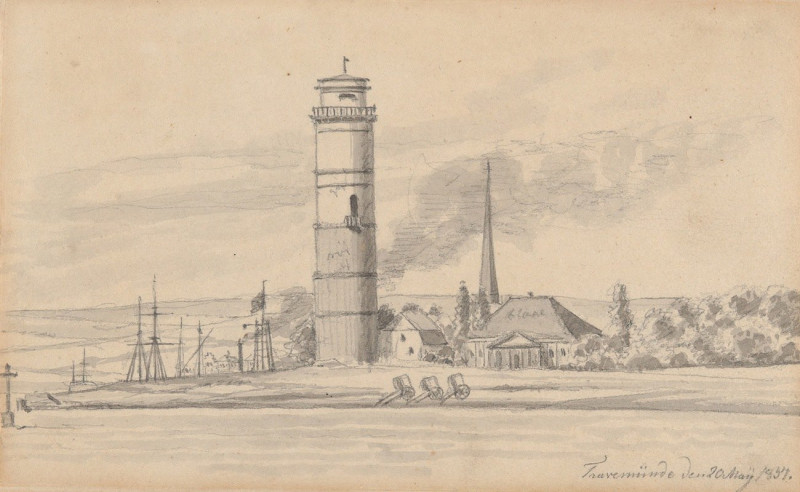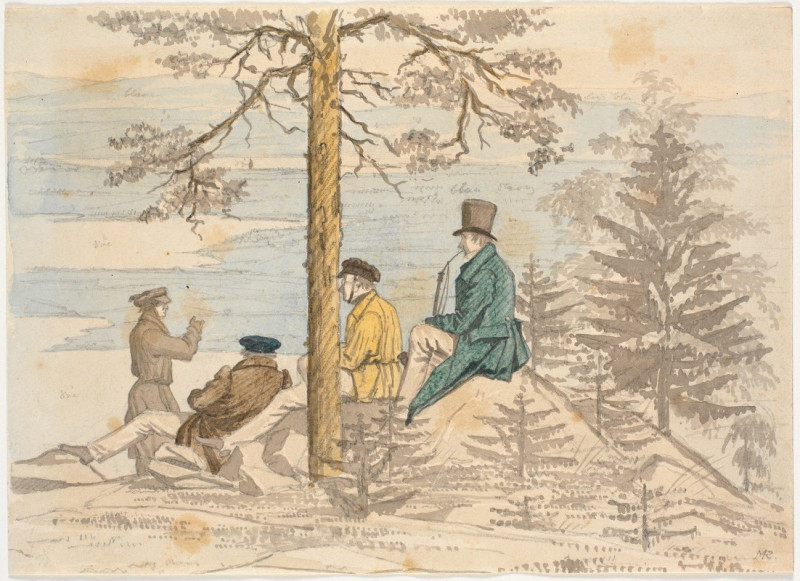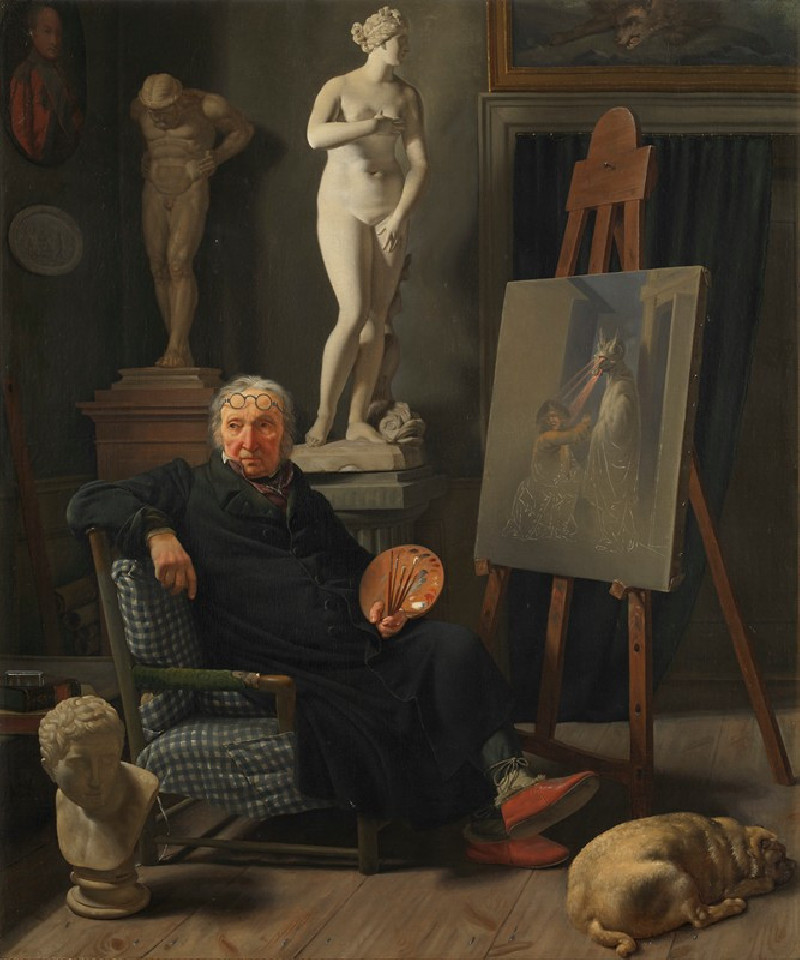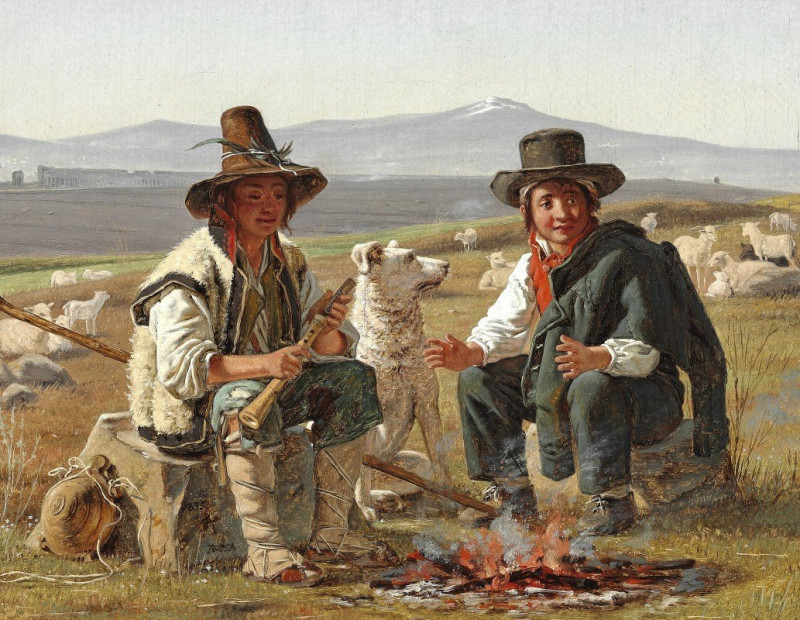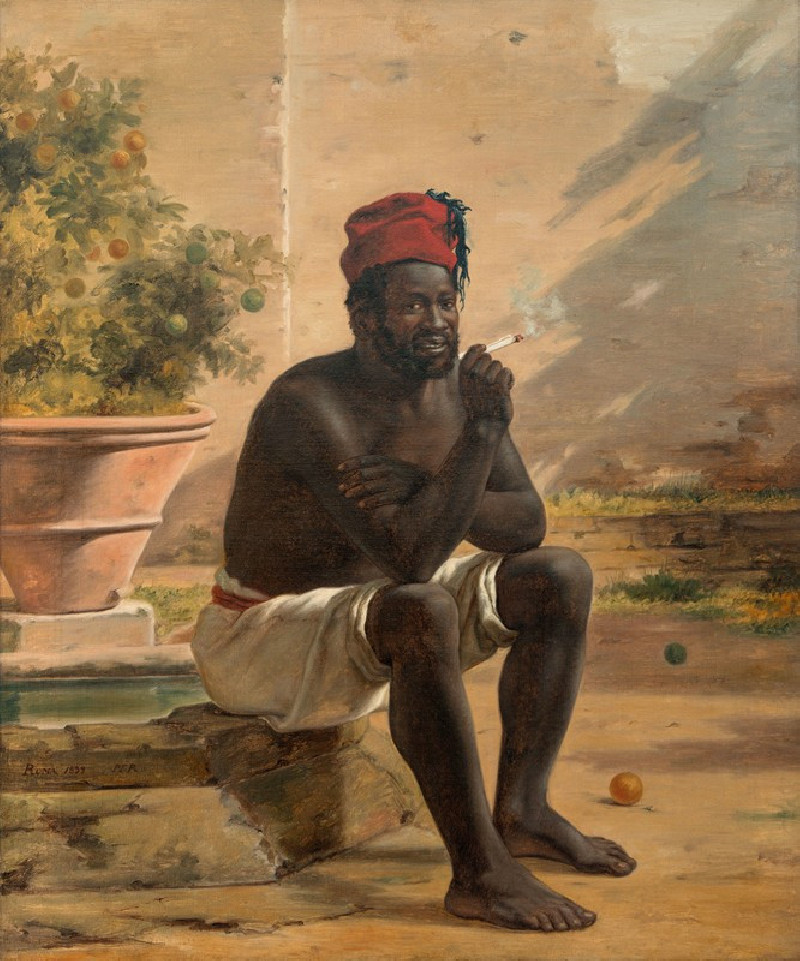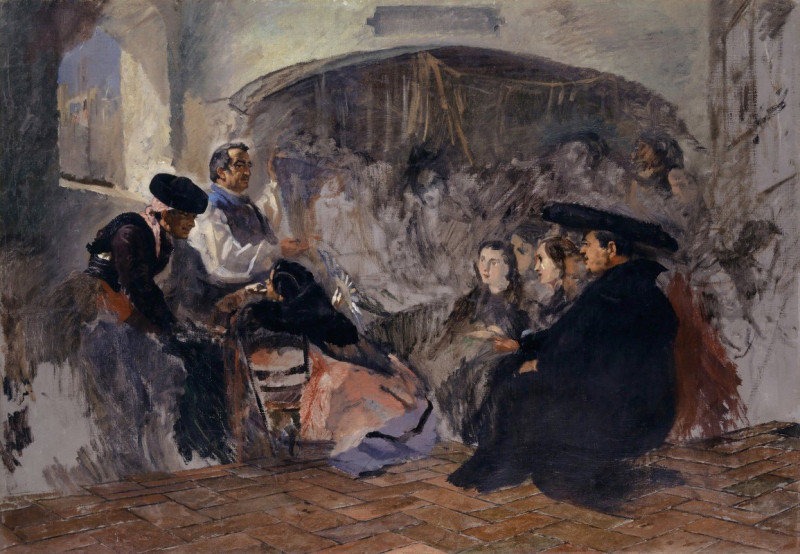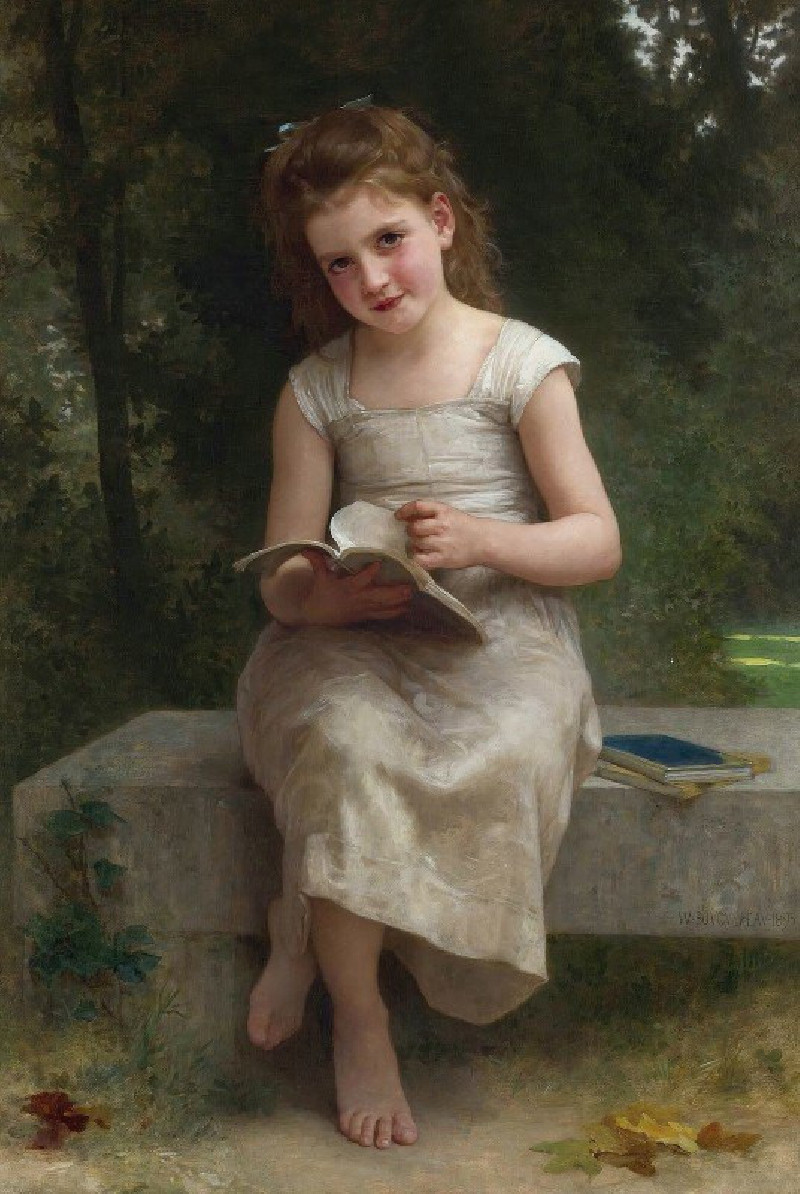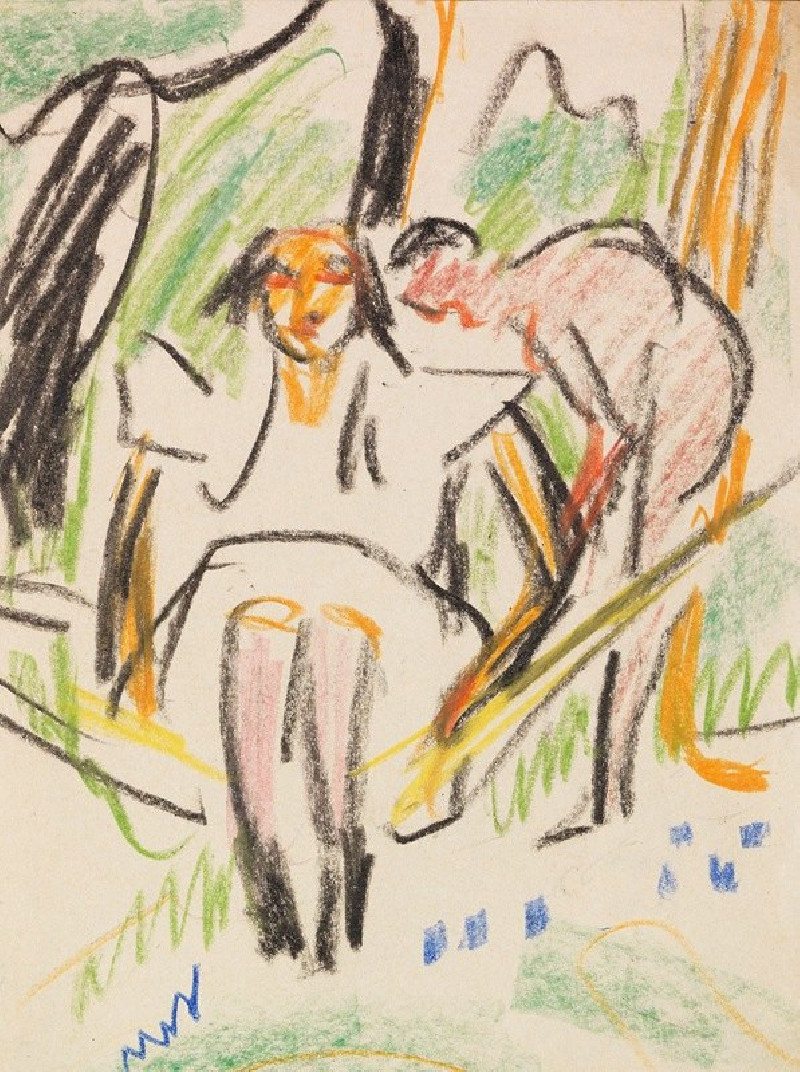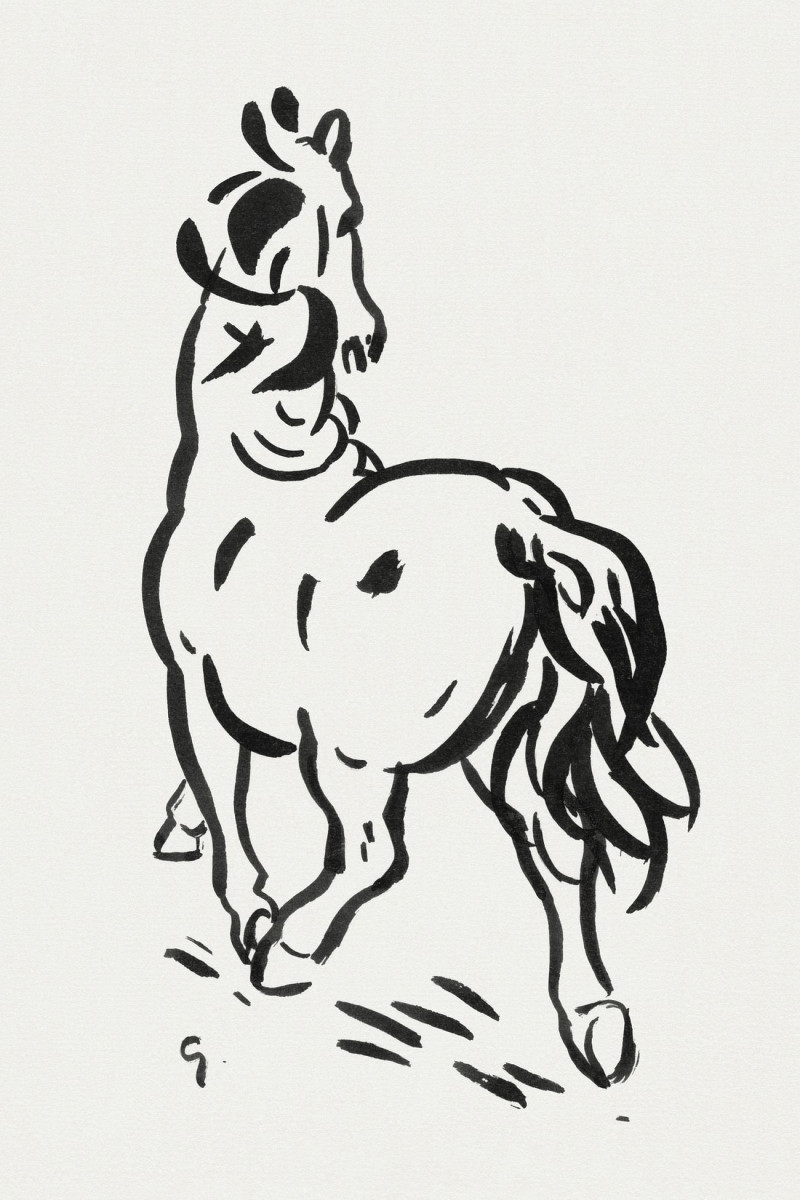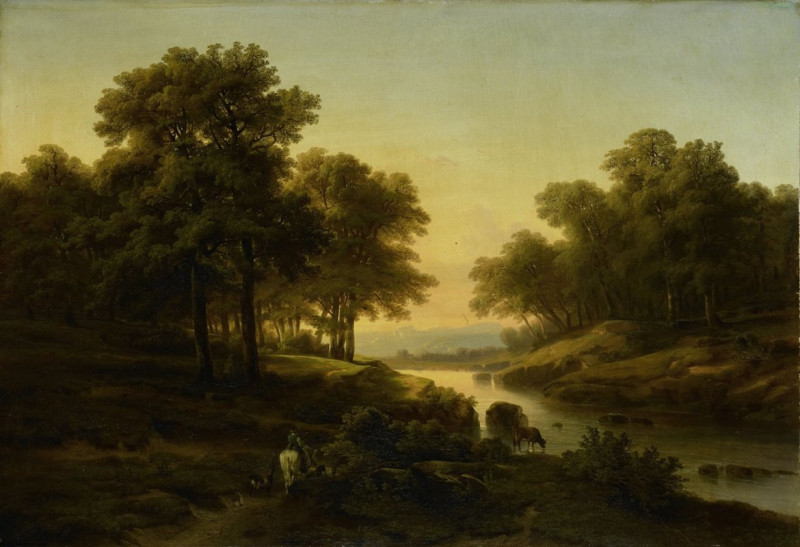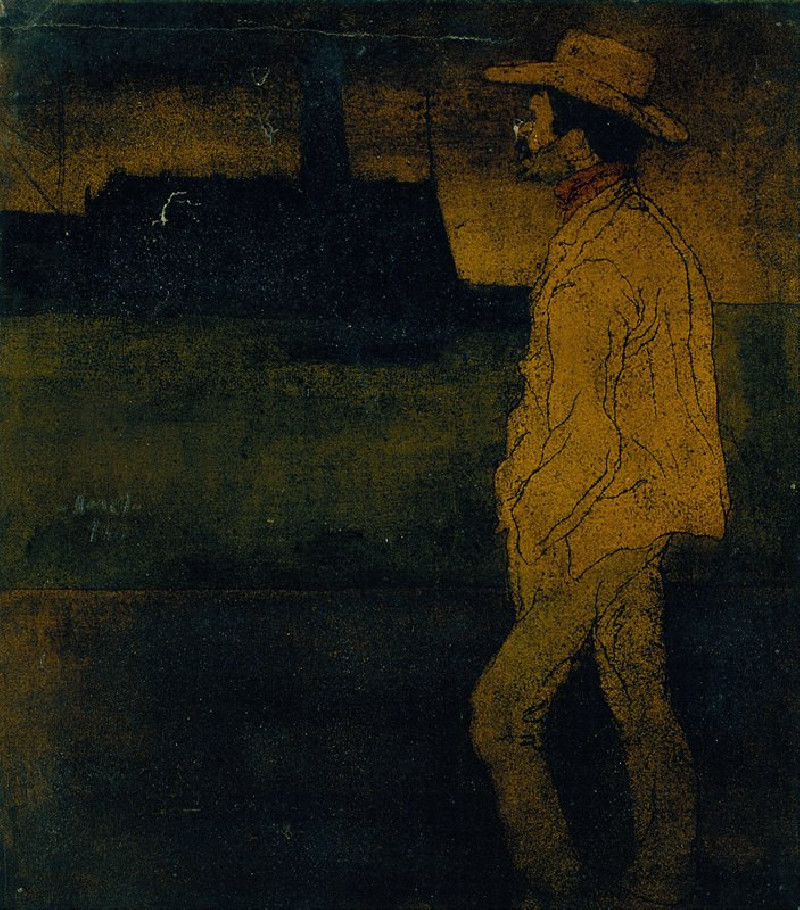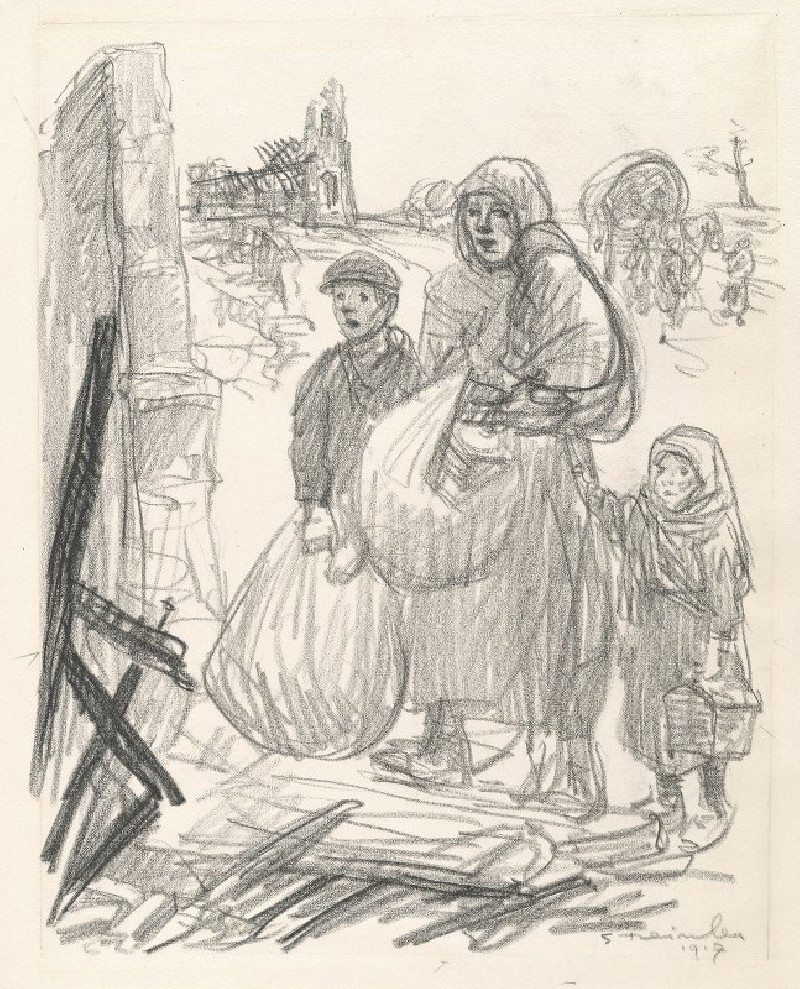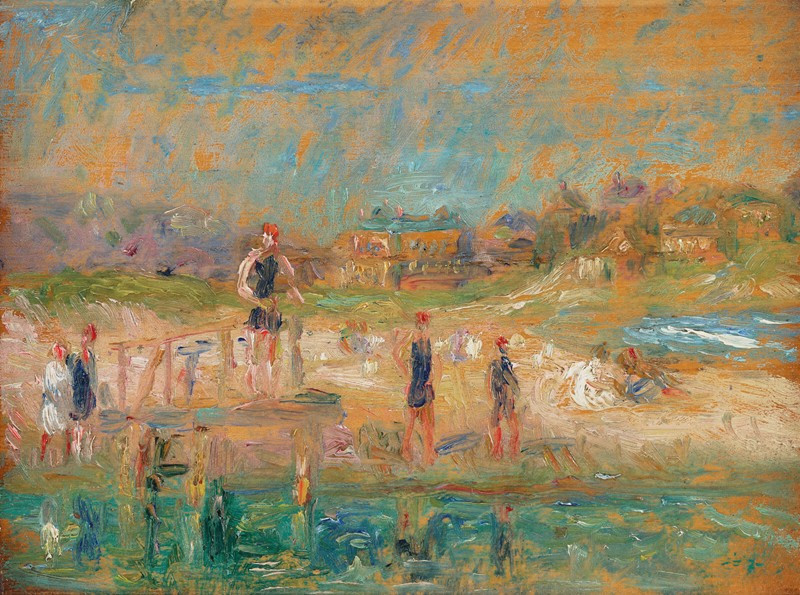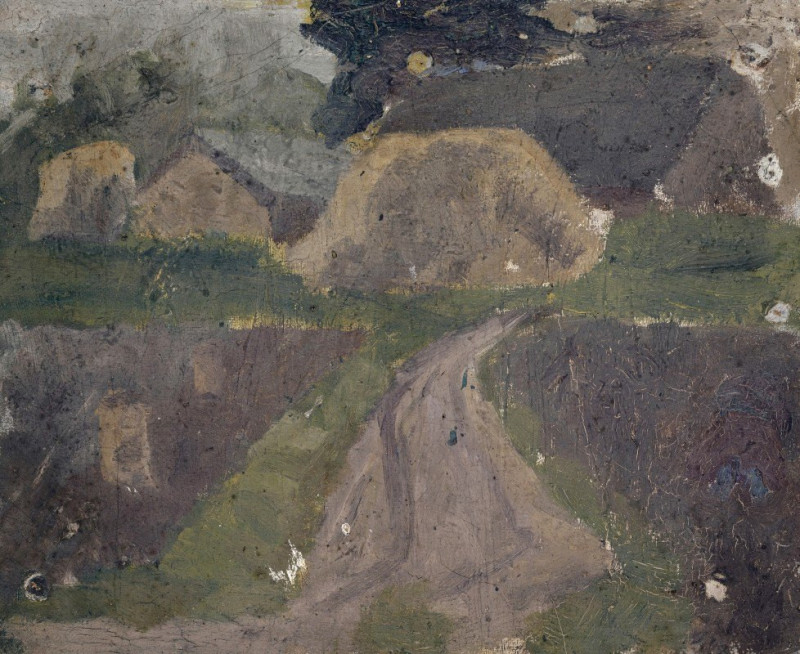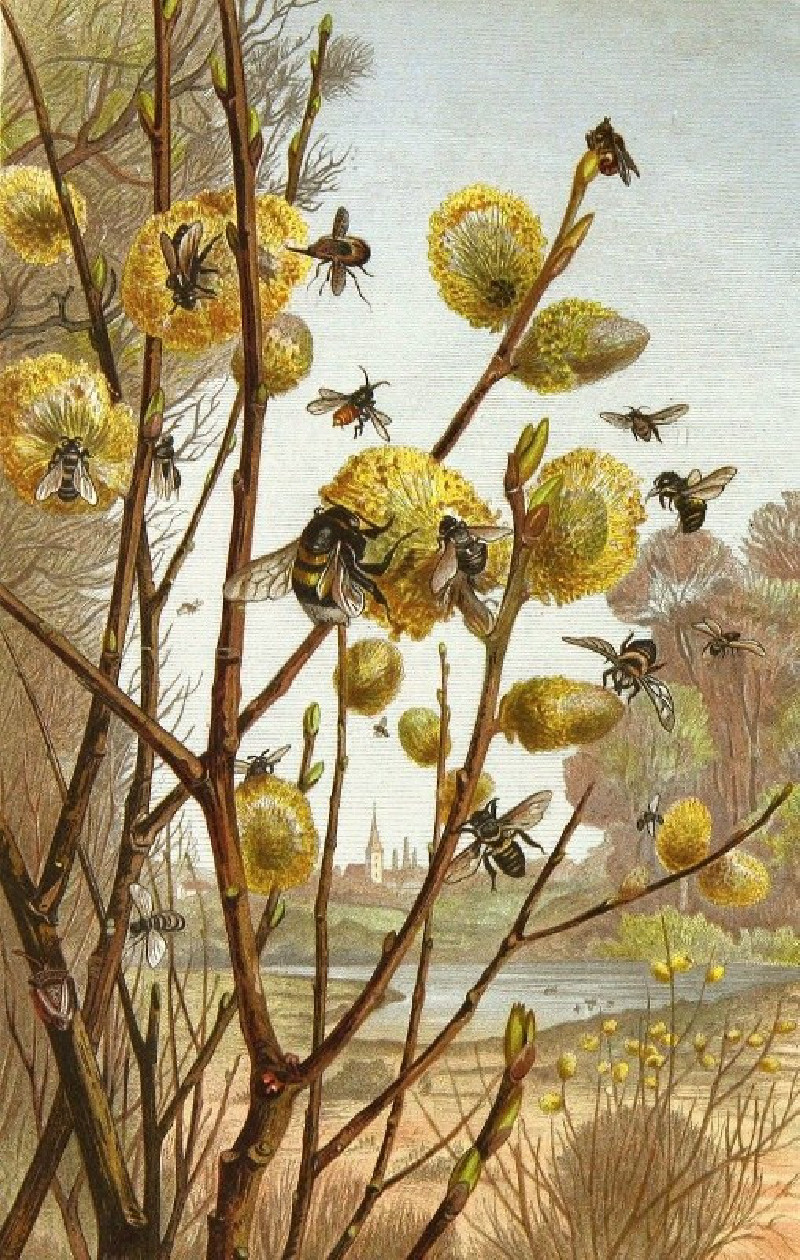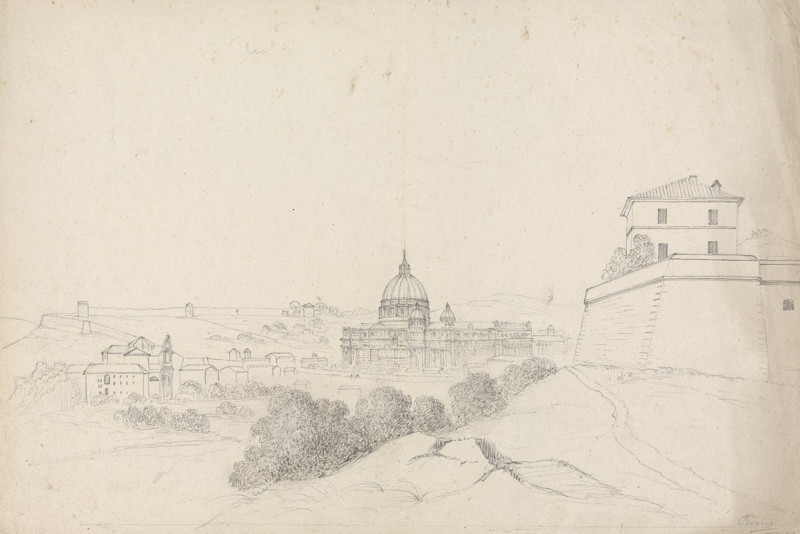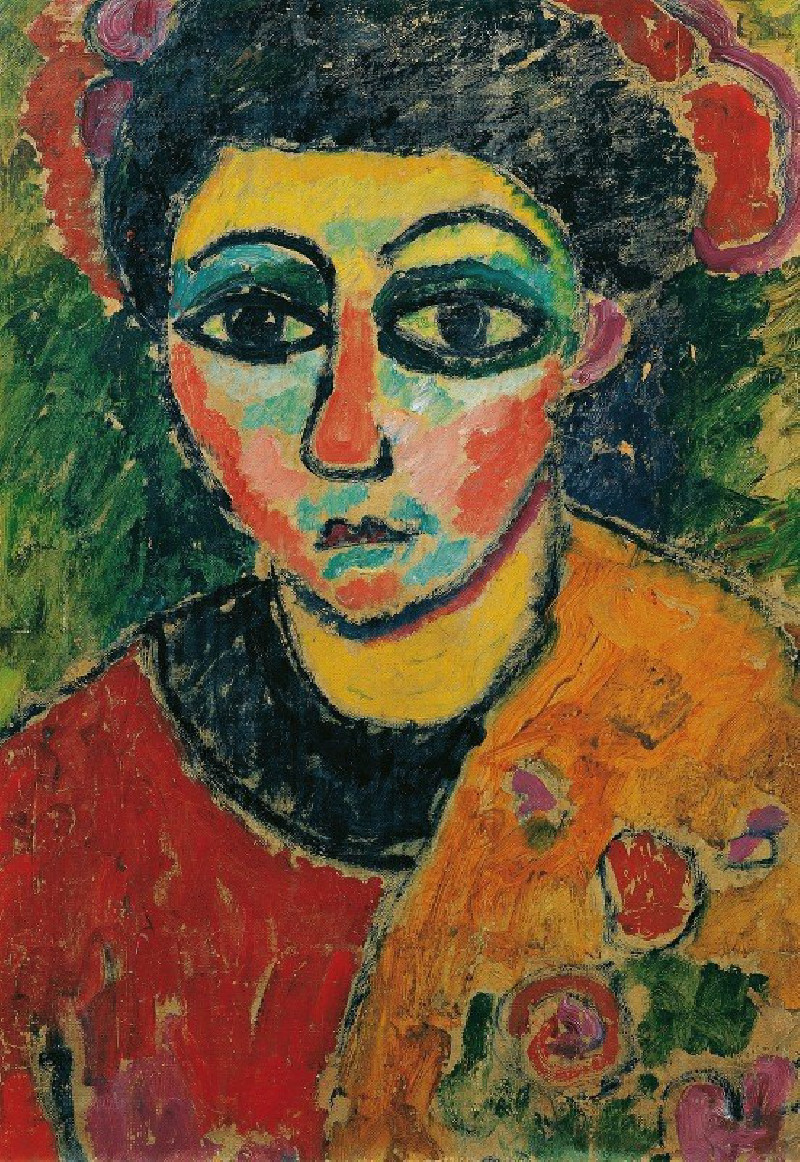A Bridge over a Canal in Winschoten (1834)
Technique: Giclée quality print
Recommended by our customers
More about this artwork
Step back in time to 1834 with Martinus Rørbye's picturesque scene, "A Bridge over a Canal in Winschoten." This evocative work captures a peaceful moment in the Dutch town of Winschoten, revealing the quiet beauty and everyday life of the era.At the heart of Rørbye's sketch is a gently arching stone bridge crossing a tranquil canal. The bridge, detailed with precision, stands as a testament to the robust, utilitarian architecture typical of the period. On the bridge, a small group of townspeople provides a glimpse into 19th-century attire and social interaction, adding vitality and human interest to the composition.The scene is framed by rustic buildings flanking the canal, their detailed facades hinting at the architectural style of the time. A prominent building with a steep roof and a tall chimney catches the eye, perhaps serving a communal or industrial purpose. The artist's effective use of light and shadow adds depth and texture, inviting the viewer to explore every corner of the composition.Overhead, lush tree branches laden with leaves cast dappled shadows, suggesting the tranquility of a sunny day. The background reveals a glimpse of the expansive Dutch landscape, with hints of further settlements and the open sky.Martinus Rørbye's "A Bridge over a Canal in Winschoten" is more than just a visual record; it is a portal to a bygone era, offering insights into the daily life and environment of the early 19th century in the Netherlands.
Delivery
Returns
Martinus Christian Wesseltoft Rørbye was a Danish painter, known both for genre works and landscapes. He was a central figure of the Golden Age of Danish painting during the first half of the 19th century.
The most traveled of the Danish Golden Age painters, he traveled both north to Norway and Sweden and south to Italy, Greece and Constantinople. He was also the first Danish painter to take to painting in Skagen at the northern top of Jutland, almost half a century before the thriving community of Skagen Painters formed and came to fame, through Michael Ancher, Anna Ancher and P.S. Krøyer.

